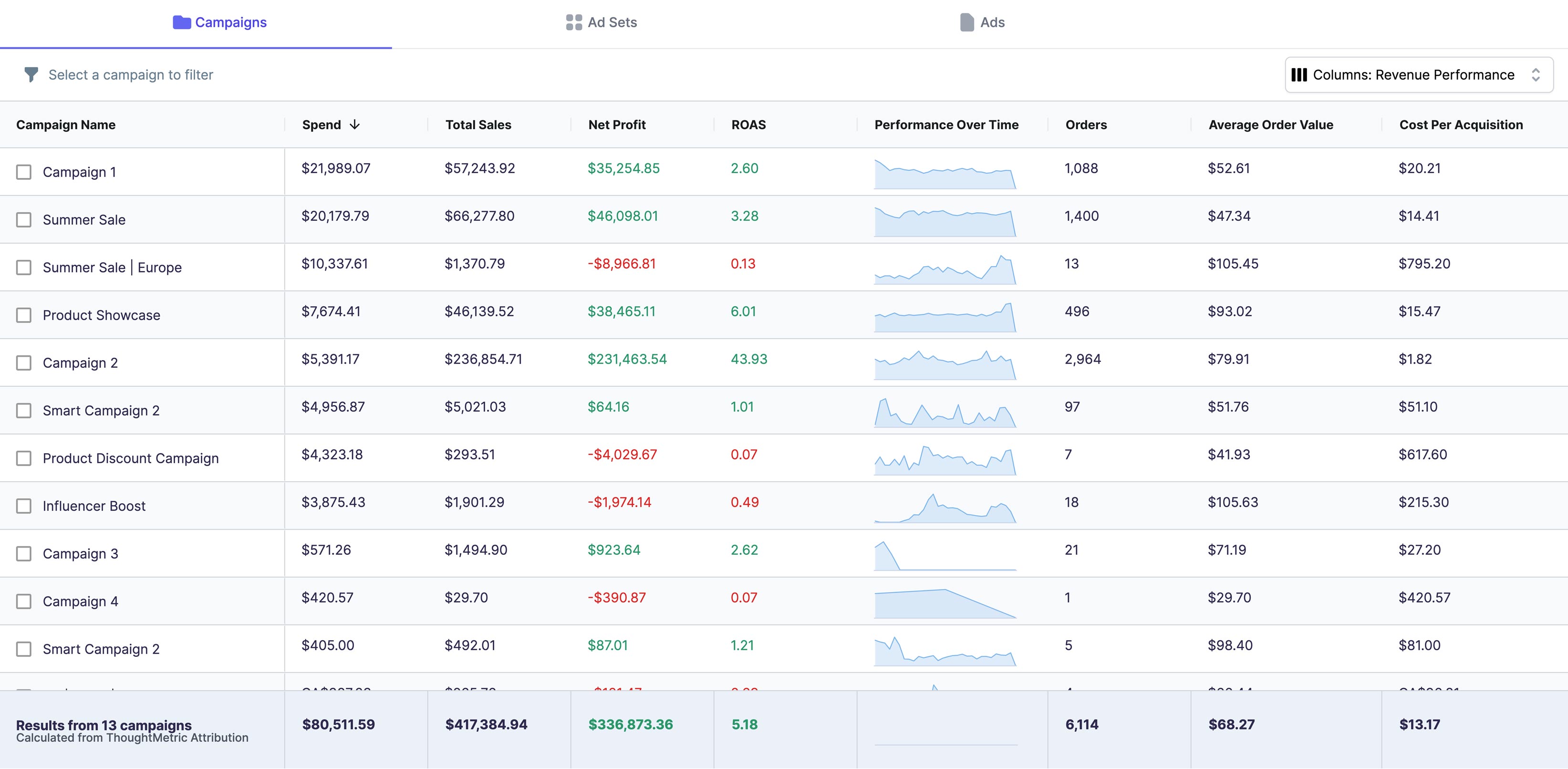“In God we trust, everyone else - bring data.” - a former mentor
For the longest of time, Marketing was perceived as a cost center. The digital revolution changed that almost overnight: C-suites made room for the CMO - Chief Marketing Officer and marketers started leveraging metrics to drive outcome. What happened? In case you were living under a rock, marketers were able to concisely articulate how their activities contributed to the bottom-line. With that, the cost-center stigma has for the most part been relegated to the outskirts of modern management. Still, while the role of marketing metrics is no longer debated, the role of Marketing Analytics still leaves room for clarification. Differentiating between the two, defining their contribution to your organization’s success, and general guidelines to help you embrace them will be the subject of this article.
What is the difference between Marketing Metrics and Marketing Analytics?
While its not advisable to answer a question with a question, understanding the difference between the two requires a bit of introspection. With your company in mind, try to answer this question: Am I able to articulate why I should invest in a particular marketing medium (email, social, search, event, etc. ) over another, in terms of its bottom-line impact within a particular payback window? The answer to this question has to do with Marketing Analytics- the tools and practices that empower marketers to evaluate their marketing resourcefulness in terms of business impact.
Marketing Analytics is about actions and decisions. Metrics, on the other hand, are the guardrails to your marketing strategy - they help you figure out what’s working, what requires extra attention, and where to inquire. Metrics are the data points, while analytics puts the data in context so as to make decisions that translate into business effectiveness. It is no longer enough to be able to say marketing contributed $Xk in revenue, marketers need to have an opinion rooted in data on how to allocate resources - investment dollars / people’s time - so as to maximize return within a given time window.
Once in place, the impact of a sound a marketing analytics program can be felt across your organization in a number of ways, the three most prominent ones being:
1.) Systemized assessment of marketing campaign effectiveness
Removing anecdotal evidence from your effectiveness conversations will likely be immediate. Color around a particular success or failure is important to tell the whole story, but it leaves much to be desired from an effectiveness standpoint. Unequivocally, to quote the fictional character Sherlock Holmes, facts are twisted “to suit theories, instead of theories to suit facts”. Your investment dollars are too important to squander on mere intuition. Whether your efforts are aimed at existing customers or new ones, your framework for assessing relative success or failures of any given campaign should entail 1) a measure of input (dollars, time, # resources), 2) output (# of leads, conversations, and sales generated), and 3) throughput (time to execution, quality of campaign execution, etc. ).
2.) Predictability
Nope - not a crystal ball. Rather, as you build discipline around execution, data collection, and measurement, you will, over time, be able to make educated guesses rooted in past performance. In the early stages, this forecast will fluctuate quite a bit from your results on any given period. Over time, though, you will get closer and closer as you better your understanding of your businesses' levers. As Kevin Li, former head of growth at Yahoo once said, “If there is one takeaway it’s just that it’s okay to do small wins...they will compound. If you are doing it right, the end result will be massive.” With a bit of discipline and some patience, you will have built a culture of accountability.
3.) Optimized Learning
Often lost in the focus on success or failure, learning is paramount to long term success. The reality is that business is dynamic: competitive pressures, changes in customer preferences, and macro factors all play a role in a particular marketing initiatives’ success or failure. The organizations that consistently excel differentiate themselves by their ability to generate, communicate, and implement new learnings. By centering learning around empirical evidence, it nullifies popularity biases, encourages a safe environment for discussions, and promotes openness to new ideas. Obviously a lot more than that goes into creating a culture of learning, factors like leadership, processes and practices, and diversity of thought all play a role. Still, a strong analytics program help make it easier to learn.
Where to begin?
There are no magic wands, building a strong marketing analytics program is a process. It will take time to finetune, but there are a handful of guidelines that can help make this easier:
- KISS: Keep It Simple Stupid
- Do ---> Measure ---> Optimize ---> Repeat. Start with the obvious outputs and work your way backwards. If your program is aimed at driving opportunity creation, outside of the obvious (# of opportunity), perhaps it may make sense to measure lead creation, # of meetings / conversations, and web conversions. A good rule of thumb is to start with a handful - 3 to 5 metrics- that help you figure out if things are going well or if you should ask more questions.
- Progress over perfection
- As the old italian proverb states, “Le meglio è l'inimico del bene”, which translates to “perfect is the enemy of good”. Very rarely do we get things right the first time around. By focusing on gradual / marginal improvements instead of achieving perfection, it will encourage innovation and a certain comfort with risks and failures. NixonMcInnes, a social media consultancy in England came up with a concept called the “Church of Fail” - a regular gathering to discuss and celebrate their failures and learnings to promote the fact that “the more we fail, the more we can innovate and succeed”. Focusing on constant improvement goes a long way towards long term success.
- Directional accuracy
- Depending on the size and stage of your organization, data quality may not be optimal. In my experience borne out of a decade in analytical roles, legacy processes, systems integration, and human error will likely lead to a 5 to 10% inaccuracy in your measurements. Don’t sweat it. While you want to strive for the highest level of data quality, initially you want to focus on directional accuracy such that over time, if you are consistent in how you measure, anomalies will be easily spotted.
- Process before tools
- One fallacy that has perpetuated marketing organizations is that if you invest in the right tools, you will magically reach some state of nirvana. While tools are essential for automation and expediency, they will not fix a faulty process. Garbage in; garbage out. Spending some time defining the processes around your data collection and analysis would go a long way towards helping you make the right decision around which tools to invest in as well as set the right expectations in terms of desired outcome from said investment.
To summarize, metrics are the data points, while analytics puts the data in context empowering you to drive business effectiveness. A sound analytics program will empower your organization to measure campaign effectiveness systemically, afford you a degree of predictability around outcomes, and catalyze long term success by making it easier to learn from your successes and failures. Independently of where you are on your analytics journey, simplicity, focus on constant improvements, embracing directional accuracy, with an eye towards processes are fundamental steps to help you get started or optimize your current marketing analytics.




